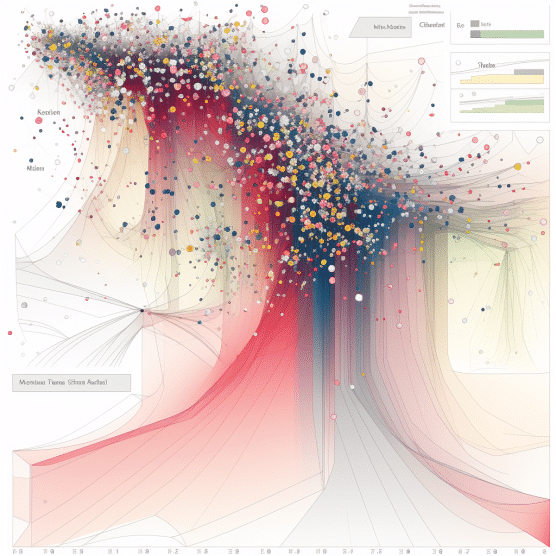Mastering Advanced Inventory Management: Enhancing Strategies for Optimal Efficiency
Inventory management is crucial for maintaining the efficiency and profitability of a supply chain. This comprehensive guide delves into more advanced strategies to not only keep your inventory well-organized but also to boost overall operational effectiveness. Here’s an expanded look at how to apply sophisticated techniques to master inventory management.
Just-In-Time (JIT) Inventory
Embrace JIT inventory to align material orders from suppliers directly with production schedules, minimizing inventory levels and reducing holding costs. This strategy is not just about reducing excess, but about streamlining your entire production process to increase efficiency and reduce waste.
ABC and XYZ Analysis Integration
Utilize ABC and XYZ analysis to fine-tune inventory management. While ABC classification helps prioritize items based on value, XYZ analysis categorizes items based on the consistency of their demand. Combining these analyses provides a layered approach to inventory management, focusing efforts and resources on high-impact items.
Predictive Analytics and Demand Forecasting
Implement predictive analytics and advanced forecasting techniques that leverage AI to enhance the accuracy of demand forecasts. These technologies consider various factors, including historical data, market trends, and seasonal variations, to predict future demand patterns more accurately, thus optimizing stock levels.
Safety Stock Optimization
Use advanced statistical models to determine optimal safety stock levels. These models take into account demand variability and supply chain uncertainties, ensuring that businesses can maintain service levels without overcapitalizing on inventory.
Enhanced Tracking with RFID and IoT
Adopt RFID and IoT technologies for real-time tracking of inventory. These technologies provide critical data on the location, movement, and state of inventory items, enabling automated management and significant error reduction in inventory records.
Vendor-Managed Inventory (VMI) Programs
Further develop VMI programs where suppliers are given the responsibility to manage inventories based on predefined criteria. This shift not only reduces administrative workload but also enhances the supply chain’s responsiveness and reduces lead times.
Continuous Learning and Development
Invest in continuous learning and development for inventory management personnel. Encouraging participation in workshops on new technologies and industry trends helps keep the team up-to-date and able to adapt to new challenges effectively.
Collaborative Technological Platforms
Implement collaborative technologies that integrate different functions involved in inventory management. Such platforms facilitate seamless communication and data sharing across departments, aligning inventory management more closely with sales forecasts and production needs.
Green Inventory Practices
Incorporate eco-friendly practices into inventory management. Consider strategies such as optimizing shipping loads to maximize transport efficiency, using biodegradable packaging materials, and partnering with green suppliers. These practices not only reduce environmental impact but also often decrease costs.
Systematic Audits and Six Sigma
Conduct systematic audits to ensure compliance with inventory standards and practices. Apply Six Sigma and other quality control methodologies to identify discrepancies and inefficiencies in inventory management, leading to more precise and lean inventory practices.
Conclusion
Elevating your inventory management strategies involves integrating advanced technologies, continuous improvement, and strategic partnerships. By adopting these enhanced practices, businesses can achieve greater operational efficiency, improved customer satisfaction, and a stronger competitive edge in the marketplace.








